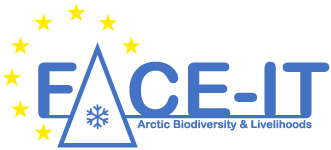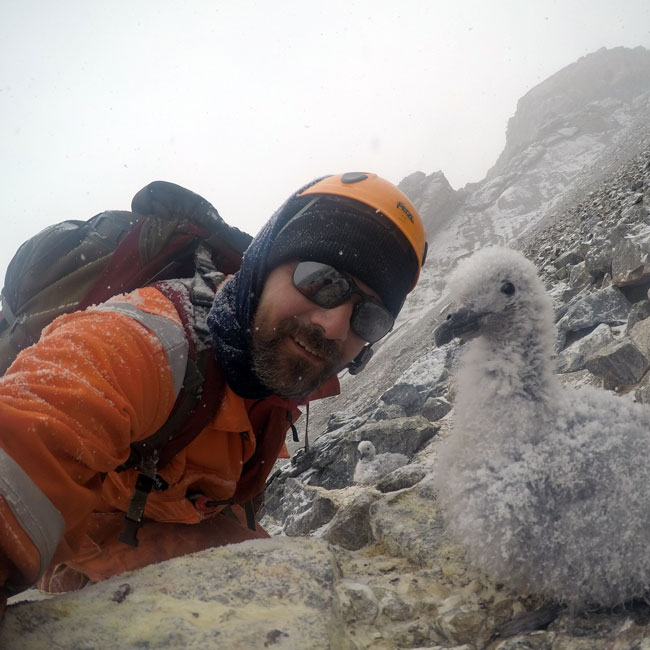Consequences of Atlantification on a Zooplanktivorous Arctic Seabird
[Published 20 June 2022]
Scientific Publications
Abstract
Global warming, combined with an increasing influence of Atlantic Waters in the European Arctic, are causing a so-called Atlantification of the Arctic. This phenomenon is affecting the plankton biomass and communities with potential consequences for the upper trophic levels. Using long-term data (2005-2020) from a high Arctic zooplanktivorous seabird, the little auk (Alle alle), we tested the hypothesis that the Atlantification affects its diet, body condition and demography. We based our study on data collected in three fjords in West Spitsbergen, Svalbard, characterized by distinct oceanographic conditions. In all three fjords, we found a positive relationship between the inflow of Atlantic Waters and the proportion of Atlantic prey, notably of the copepod Calanus finmarchicus, in the little auk chick diet. A high proportion of Atlantic prey was negatively associated with adult body mass (though the effect size was small) and with chick survival (only in one fjord where chick survival until 21 days was available). We also found a negative and marginally significant effect of the average proportion of Atlantic prey in the chick diet on chick growth rate (data were available for one fjord only). Our results suggest that there are fitness costs for the little auk associated with the Atlantification of West Spitsbergen fjords. These costs seem especially pronounced during the late phase of the chick rearing period, when the energetic needs of the chicks are the highest. Consequently, even if little auks can partly adapt their foraging behaviour to changing environmental conditions, they are negatively affected by the ongoing changes in the Arctic marine ecosystems. These results stress the importance of long-term monitoring data in the Arctic to improve our understanding of the ongoing Atlantification and highlight the relevance of using seabirds as indicators of environmental change.
FACE-IT Scientists:
Sébastien DESCAMPS
Norwegian Polar Institute, Tromsø, Norway
Google Scholar personal page
Sebastien’s FACE-IT Projects
Role in FACE-IT:
• Leader "Biodiversity Changes"

